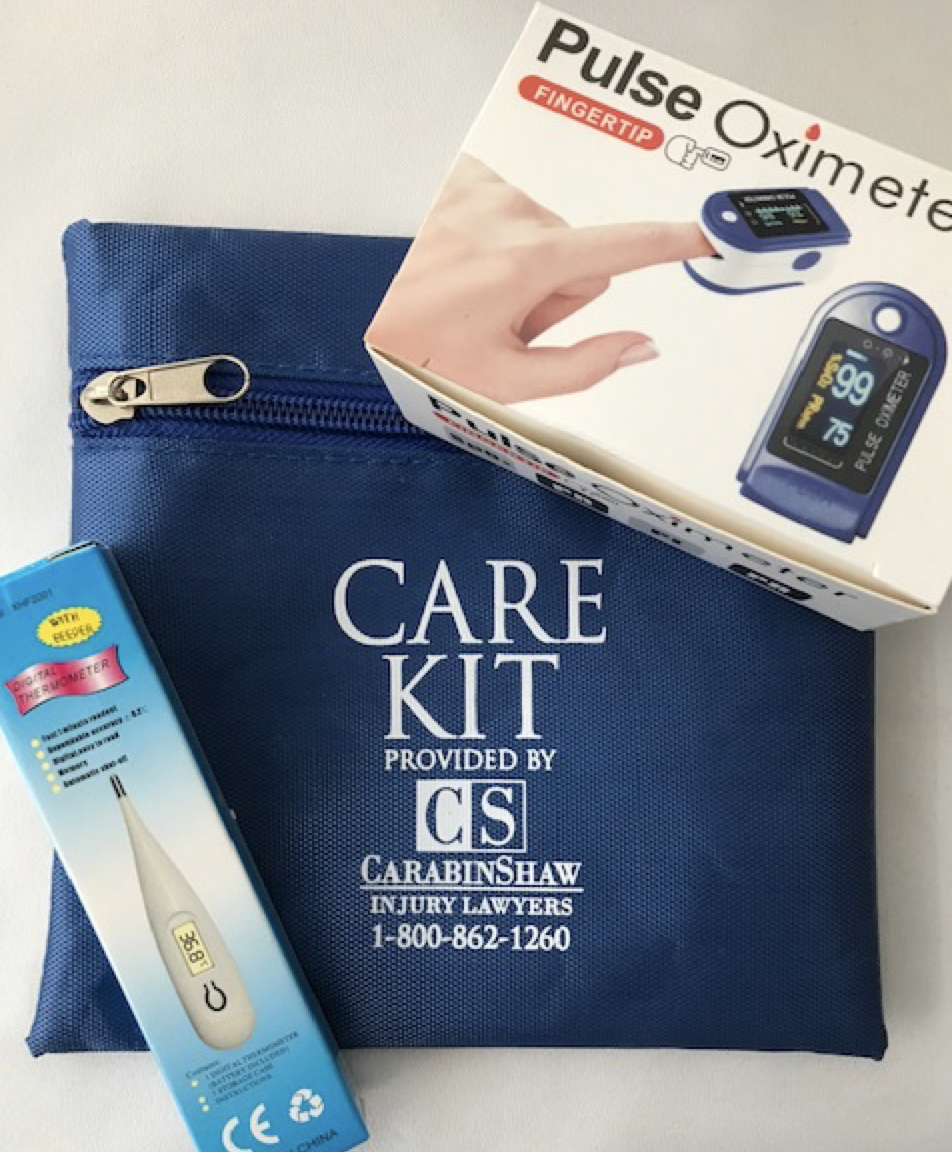 During the course of the COVID-19 public health emergency, many aspects of life as we know it in Texas have changed. One change is traffic safety, especially now that driving patterns have been altered as a result of social distancing and more people staying home. Unsurprisingly, traffic patterns changed significantly throughout the course of 2020, and some of these changes may also affect Texas residents and drivers if you’re planning to get back on the road or have been back to commuting for a while.
During the course of the COVID-19 public health emergency, many aspects of life as we know it in Texas have changed. One change is traffic safety, especially now that driving patterns have been altered as a result of social distancing and more people staying home. Unsurprisingly, traffic patterns changed significantly throughout the course of 2020, and some of these changes may also affect Texas residents and drivers if you’re planning to get back on the road or have been back to commuting for a while.
According to the National Highway Traffic Safety Administration’s (NHTSA) most recent report, changes to driving and travel patterns have been significant during the pandemic. The NHTSA reported that despite initial declines in traffic crash fatalities in 2020, the fatality rate increased during the second quarter of the year. From April until June, the fatality rate rose per 100 million vehicle miles traveled from 1.06 in 2019 to 1.25 in 2020. There was, however, an initial decrease in the first six months of 2020, which is likely attributable to the early onset of the pandemic and initial social distancing requirements and stay at home orders.
Drivers were taking on increased speeds in the second half of the year, according to the NHTSA. Although the reasons behind this are unclear, this may have been due to less bustle and congestion on the roads, which may have encouraged drivers to take advantage of the space. The NHTSA also reports that across nearly all roadway classifications, speeds observed in 2020 remained higher than in 2019. This, the NHTSA argues, presents a significant safety concern because a 10 percent change in the average speed of traffic has been historically shown to have a greater impact on traffic fatalities than a 10 percent change in traffic volume. Increased driving speed, the NHTSA contends, increases the risk of crashes and the severity of injuries associated with those crashes.
 Texas Injury Lawyers Blog
Texas Injury Lawyers Blog








 According to the
According to the  Although this past holiday season has looked a little different from previous ones because of the pandemic, Texas roads remain busy as families continue to take road trips, commute around town for necessities and daily errands, and travel. Even though COVID-19 may have kept many at home this holiday season, Texas drunk driving accidents still continue to claim too many lives.
Although this past holiday season has looked a little different from previous ones because of the pandemic, Texas roads remain busy as families continue to take road trips, commute around town for necessities and daily errands, and travel. Even though COVID-19 may have kept many at home this holiday season, Texas drunk driving accidents still continue to claim too many lives. When a consumer purchases a new product, they rightfully trust that the designer, manufacturer, and retailer took measures to ensure the product’s safety and efficacy. However, despite testing standards and federal oversight, some dangerous products make their way into the consumer stream. Products with a design or manufacturing defect or that are inherently dangerous may cause serious injuries and lead to a Texas product liability lawsuit. The United States Consumer Product Safety Commission (USCPSC) requires manufacturers, distributors, and similar entities to report any issues with their products and issue recalls if necessary. However, these parties may still face liability even if they issued a recall.
When a consumer purchases a new product, they rightfully trust that the designer, manufacturer, and retailer took measures to ensure the product’s safety and efficacy. However, despite testing standards and federal oversight, some dangerous products make their way into the consumer stream. Products with a design or manufacturing defect or that are inherently dangerous may cause serious injuries and lead to a Texas product liability lawsuit. The United States Consumer Product Safety Commission (USCPSC) requires manufacturers, distributors, and similar entities to report any issues with their products and issue recalls if necessary. However, these parties may still face liability even if they issued a recall. SAN ANTONIO, January 11, 2021– The Carabin Shaw Law firm is continuing its mission to help fight COVID-19 in Texas. The Firm has donated Healthcare Kits to the Gonzaba Medical Group which will be distributed to patients tested positive on a daily basis.
SAN ANTONIO, January 11, 2021– The Carabin Shaw Law firm is continuing its mission to help fight COVID-19 in Texas. The Firm has donated Healthcare Kits to the Gonzaba Medical Group which will be distributed to patients tested positive on a daily basis. Recently, the Supreme Court of Texas issued a
Recently, the Supreme Court of Texas issued a  While driving, there are few scenarios scarier than seeing another car driving the wrong way and coming straight for your vehicle at full speed. Although these collisions are rooted in a number of potential causes, at-fault parties must be held accountable for their carelessness when they take place. When these Texas wrong-way accidents occur, they often have devastating and fatal consequences for all who are involved.
While driving, there are few scenarios scarier than seeing another car driving the wrong way and coming straight for your vehicle at full speed. Although these collisions are rooted in a number of potential causes, at-fault parties must be held accountable for their carelessness when they take place. When these Texas wrong-way accidents occur, they often have devastating and fatal consequences for all who are involved. There are plenty of roads in Texas that do not have a physical median separating the lanes as vehicles move in opposite directions. This road design, coupled with distracted or reckless driving, often becomes the perfect storm for dangerous car accidents. Head-on accidents, for example, most frequently occur on this type of roadway when the at-fault party veers across the center dividing line and crashes into a car coming in the opposite direction.
There are plenty of roads in Texas that do not have a physical median separating the lanes as vehicles move in opposite directions. This road design, coupled with distracted or reckless driving, often becomes the perfect storm for dangerous car accidents. Head-on accidents, for example, most frequently occur on this type of roadway when the at-fault party veers across the center dividing line and crashes into a car coming in the opposite direction. Many Texas companies hire independent contractors because of their cost-effective nature. With an independent contractor, companies can use the contractor for a particular project when it needs to be done and are free from being tethered to the particular contractor when the work is complete. When a contractor’s actions cause an accident, however, there is a question of liability on the company’s part. Is the contractor or the company responsible? It can often be a complicated question.
Many Texas companies hire independent contractors because of their cost-effective nature. With an independent contractor, companies can use the contractor for a particular project when it needs to be done and are free from being tethered to the particular contractor when the work is complete. When a contractor’s actions cause an accident, however, there is a question of liability on the company’s part. Is the contractor or the company responsible? It can often be a complicated question. Car accidents are a headache to deal with. Texas hit and run accidents, however, can cause a headache and then some. Because the other driver has run off after an accident, you may now be stuck paying for any damage incurred from your vehicle and any medical expenses that you may rack up if you have been injured. Since hit and run accidents can often have devastating consequences, it is crucial that those who are responsible are held accountable, whenever possible.
Car accidents are a headache to deal with. Texas hit and run accidents, however, can cause a headache and then some. Because the other driver has run off after an accident, you may now be stuck paying for any damage incurred from your vehicle and any medical expenses that you may rack up if you have been injured. Since hit and run accidents can often have devastating consequences, it is crucial that those who are responsible are held accountable, whenever possible.